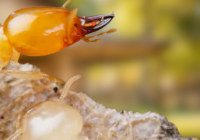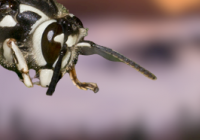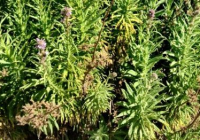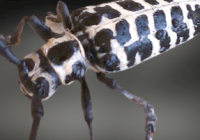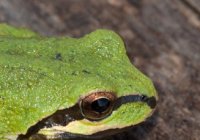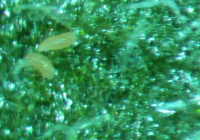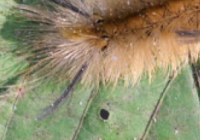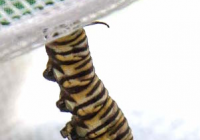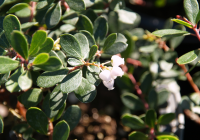Formosan Termites Identification, Damage, Treatment | Formosan termites vs Drywood termites
There are three main castes of the subterranean termite species known as the Formosan termite: the alates (also known as reproductive), the soldiers, and the workers. As the most voracious, aggressive, and cunning of the more than 2,000 species of termites known to science, these pests are often referred to as “super termites” because of their ability to… Read More »

